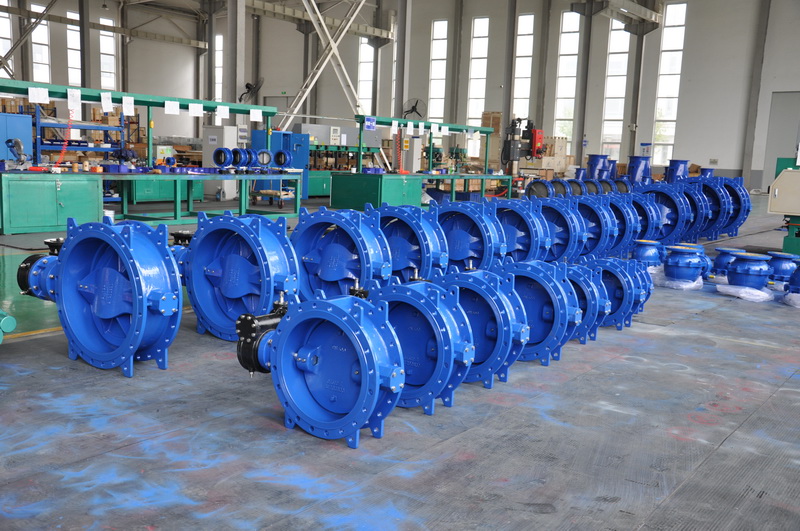Installation and disassembly of valves identify left and right – handed threads

The operating temperature of the valve is determined by the material of which the valve is made. The temperature of common valve materials is as follows:
The valve
The use of temperature
Grey iron valve
- 15 ~ 250 ℃
Malleable cast iron valve
- 15 ~ 250 ℃
Ductile iron valve
- 30 ~ 350 ℃
High nickel cast iron valve
The maximum operating temperature is 400℃
Carbon steel valve
-29 ~ 450℃, t<425℃ is recommended in JB/T3595-93 standard
1Cr5Mo, alloy steel valve
The maximum operating temperature is 550℃
12Cr1MoVA, alloy steel valve
The highest operating temperature is 570℃
1Cr18Ni9Ti, 1Cr18Ni12Mo2Ti stainless steel valves
- 196 ~ 600 ℃
Copper alloy valve
- 273 ~ 250 ℃
Plastic valve (Nylon)
Maximum operating temperature 100℃
Plastic valve (chlorinated polyether)
Maximum operating temperature 100℃
Plastic valve (PVC)
Maximum operating temperature 60℃
Plastic valve (polytrifluorovinyl chloride)
- 60 ~ 120 ℃
Plastic valve (PTFE)
- 180 ~ 150 ℃
Plastic valve (natural rubber diaphragm valve)
Maximum operating temperature 60℃
Plastic valve (NBR, NEoprene diaphragm valve)
Maximum operating temperature 80℃
Plastic valve (fluorine rubber diaphragm valve)
Maximum operating temperature 200℃
When rubber and plastic are used for valve lining, the temperature resistance of rubber and plastic shall prevail.
Ceramic valve, because of its poor temperature resistance, generally used in operating conditions below 150℃. Recently, a super performance ceramic valve has emerged, which can withstand high temperatures below 1000℃.
Glass valve. Poor temperature resistance, generally used for operating conditions below 90℃.
Enamel valve, temperature performance is limited by the sealing ring material, the maximum operating temperature does not exceed 150℃.
Valve body materials mainly include: C carbon steel, I 1Cr5Mo chromium-molybdenum steel, H Cr13 series stainless steel, K malleable cast iron, L aluminum alloy, P 0Cr18Ni9 series stainless steel, PL 00Cr19Ni10 series stainless steel, Q nodular cast iron, R 0Cr12Ni12Mo2 series stainless steel, RL 00Cr17Ni14Mo2 series stainless steel, S plastics, T copper and copper alloy, Ti titanium and titanium alloy, V chromium molybdenum vanadium steel, Z gray cast iron.
Valve assembly and disassembly identify left and right thread
Correctly identifying whether the thread is left or right is the most basic knowledge of valve assembly and disassembly. So how do you find out if a thread is left or right?
Can be determined by internal or external thread on the valve. In general, they are of positive and negative thread construction to prevent thread loosening. Such as stem, stem nut thread connection: the tight ring on the stem nut is left rotation, the thread on the handwheel is right rotation, the trapezoidal thread on the stem nut is left rotation. In addition, the rising Angle of the thread is to the left of the thread is called left-handed; Otherwise, it is dextral rotation.
Post time: Jun-28-2022




